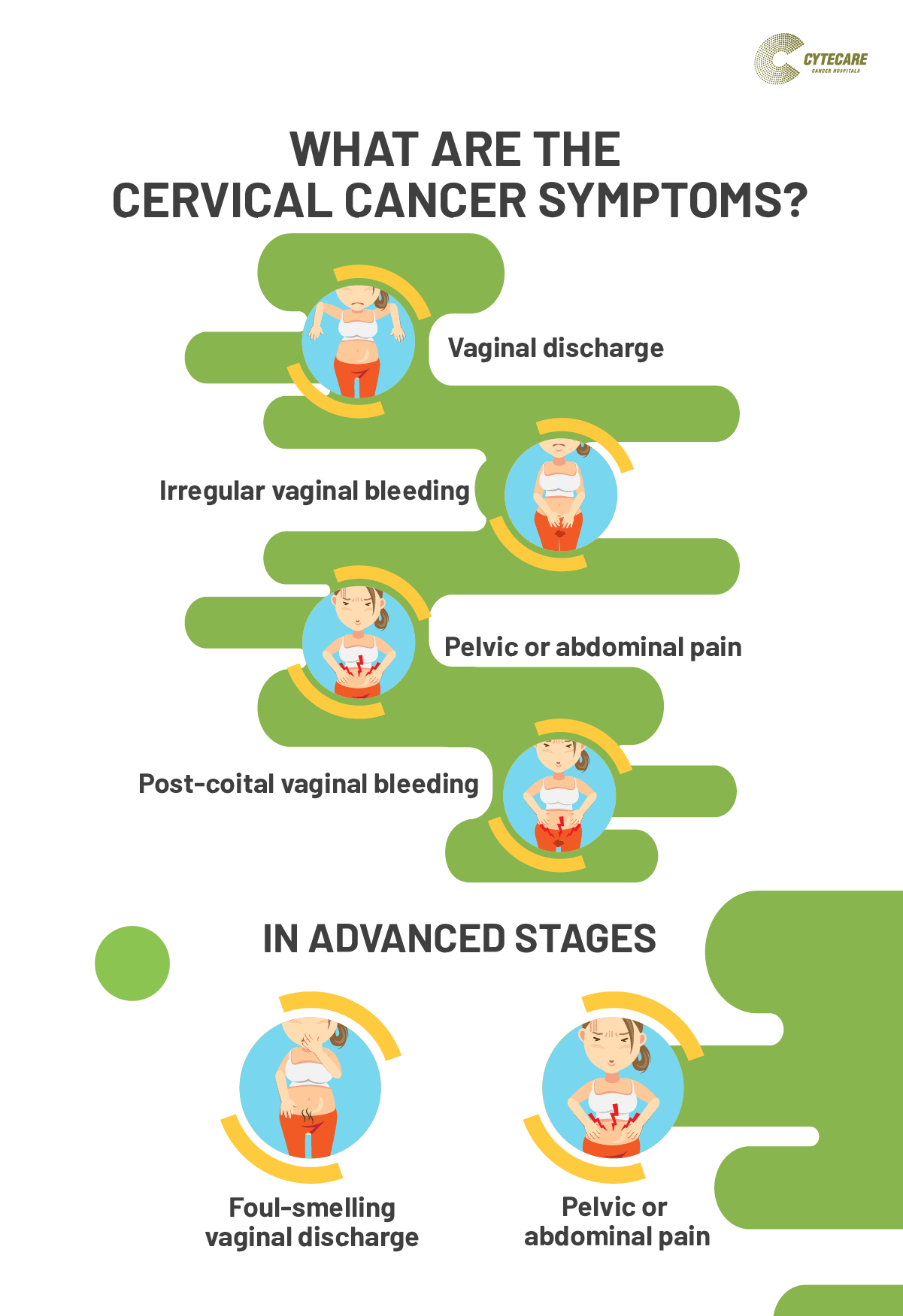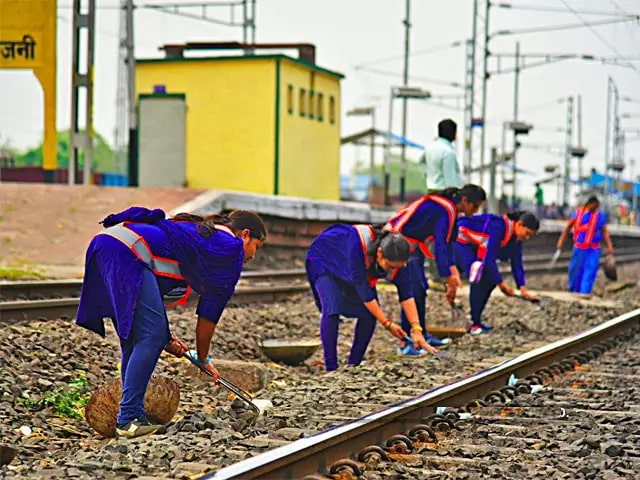Why in the news-
- The Supreme Court issued a cautionary directive to judges regarding court-ordered counselling for LGBTQ+ individuals, emphasizing the need to respect their identity and sexual orientation.
Context
|
Counselling to LGBTQ+ Persons:
[A] Guidelines and Observations
- Avoiding Identity Suppression: Judges were cautioned against using counselling as a tool to coerce individuals into rejecting their LGBTQ+ identity or relationships, particularly when they are in distress or facing familial separation.
- Upholding Constitutional Values: CJI underscored the importance of upholding constitutional values, urging judges to refrain from imposing their personal biases or societal prejudices during legal proceedings.
- Empathy and Compassion: The verdict emphasized that judges must demonstrate sincere empathy and compassion towards LGBTQ+ individuals, ensuring that the principles of justice and equality guide legal decisions.
[B] Guidelines for Courts
- Embracing Diversity: Courts were directed to eschew social morality influenced by homophobic or transphobic views, prioritizing the protection of individual rights and freedoms.
- Respecting Chosen Families: Acknowledging the significance of chosen families for LGBTQ+ individuals, the court highlighted the need to recognize and respect these relationships, especially in cases involving familial rejection or violence.
LGBTQ+ Persons (Sexual Minority) Rights in India: An Overview
- Decriminalization of Homosexuality: A watershed moment occurred on September 6, 2018, when the Supreme Court of India partially struck down Section 377 of the Indian Penal Code, which criminalized consensual same-sex relationships. This historic decision marked a crucial step towards recognizing the dignity and autonomy of LGBTQ+ individuals.
- Recognition of Transgender Rights: In 2014, the Supreme Court recognized transgender individuals as the third gender and affirmed their fundamental rights under the Constitution in the landmark case of National Legal Services Authority v. Union of India (2014). This judgment laid the foundation for legal recognition and protection of transgender rights in India.
Several key legal cases and judgments have shaped the evolution of LGBTQ rights in India:
- Naz Foundation Govt. v. NCT of Delhi (2009): The Delhi High Court ruled that Section 377 of the IPC violated fundamental rights guaranteed under the Indian Constitution, including privacy and equality. This judgment was a crucial step forward in recognizing the rights of LGBTQ individuals.
- Suresh Kumar Koushal vs Naz Foundation (2013): The Supreme Court overturned the Delhi High Court’s judgment, recriminalizing homosexuality. This decision was met with widespread criticism and sparked renewed activism for LGBTQ rights in India.
- National Legal Services Authority v. Union of India (2014): This landmark judgment recognized transgender individuals as the third gender and affirmed their fundamental rights under the Constitution. It laid the groundwork for ensuring equality and non-discrimination for the transgender community.
- K.S. Puttaswamy v Union of India (2017): This case affirmed the right to privacy as a fundamental right under the Indian Constitution. The judgment recognized that discrimination based on sexual orientation is unconstitutional and emphasized the dignity and autonomy of individuals.
- Navtej Singh Johar v. Union of India (2018): The Supreme Court decriminalized homosexuality and struck down Section 377 of the IPC. The court recognized the rights of LGBTQ individuals to intimacy, autonomy, and identity, setting a precedent for equality and non-discrimination.
Future Prospects
[A] Extension of ART (Assisted Reproductive Technology) Rights
- The Assisted Reproductive Technology (ART) Rights bill, as currently formulated, does not adequately extend to LGBTQ+ persons due to several factors:
- Definition of Commissioning Couple: It restricts access to ART services to “infertile married couples,” excluding same-sex couples and individuals in same-sex relationships.
- Requirement of Legal Marriage: Since same-sex marriage isn’t recognized in India, LGBTQ+ couples are automatically excluded from accessing ART services.
- Narrow Definition of Infertility: The bill’s definition overlooks the unique reproductive challenges faced by LGBTQ+ individuals and couples.
- Gender-Binary Language and Restrictions: Gender-binary language and restrictions exclude transgender and gender non-conforming individuals from accessing ART services.
- Lack of Recognition of Diverse Identities: The bill fails to accommodate the diverse identities within the LGBTQ+ community, neglecting their specific needs and concerns regarding assisted reproduction.
[B] Child Adoption
- National Commission for Protection of Child Rights (NCPCR): It had opposed the adoption rights of same-sex couples.
- Juvenile Justice (Care and Protection of Children) Act, 2015 (JJ Act): It allows heterosexual married couples, and single and divorced persons to adopt.
- Hindu Adoption and Maintenance Act, 1956 (HAMA): It permits any male or female Hindu of sound mind to adopt, and for couples to adopt with the consent of their spouse.
- Central Adoption Resource Authority (CARA): It permits applications from adoptive parents in live-in relationships, which it examines on a case-to-case basis.
However, in October 2023 the Supreme Court ruled that Regulation 5(3) of the CARA Regulations, insofar as it prohibited unmarried and queer couples from adopting, violated Article 15 of the Constitution.
While India’s Supreme Court declined to legalise same-sex marriage and did not explicitly grant gay couples adoption rights.
PYQ:
2020: Customs and traditions suppress reason leading to obscurantism. Do you agree?
Practice MCQ:
Section 377 of the Indian Penal Code which sought to decriminalize homosexuality was struck down in the landmark case of-
- Navtej Singh Johar v. Union of India
- Naz Foundation Govt. v. NCT of Delhi
- Suresh Kumar Koushal vs Naz Foundation
- None of these
![[19 March 2024] The Hindu Op-ed: Violence, homelessness, and women’s mental health](https://d18x2uyjeekruj.cloudfront.net/wp-content/uploads/2024/03/WhatsApp-Image-2024-03-19-at-11.12.19-AM-1568x882.jpeg)
![[13 March 2024] The Hindu Op-ed: Intra-group caste variances, equality and the Court’s gaze](https://d18x2uyjeekruj.cloudfront.net/wp-content/uploads/2024/03/Frame-2715-2-1568x882.jpg)

![[11 March 2024] The Hindu Op-ed: France’s exceptional women, their imprint on diplomacy](https://d18x2uyjeekruj.cloudfront.net/wp-content/uploads/2024/03/Frame-2715-1568x882.jpg)

![[9 March 2024] The Hindu Op-ed: India’s suboptimal use of its labor power](https://d18x2uyjeekruj.cloudfront.net/wp-content/uploads/2024/03/Frame-3-5-1568x882.jpg)














